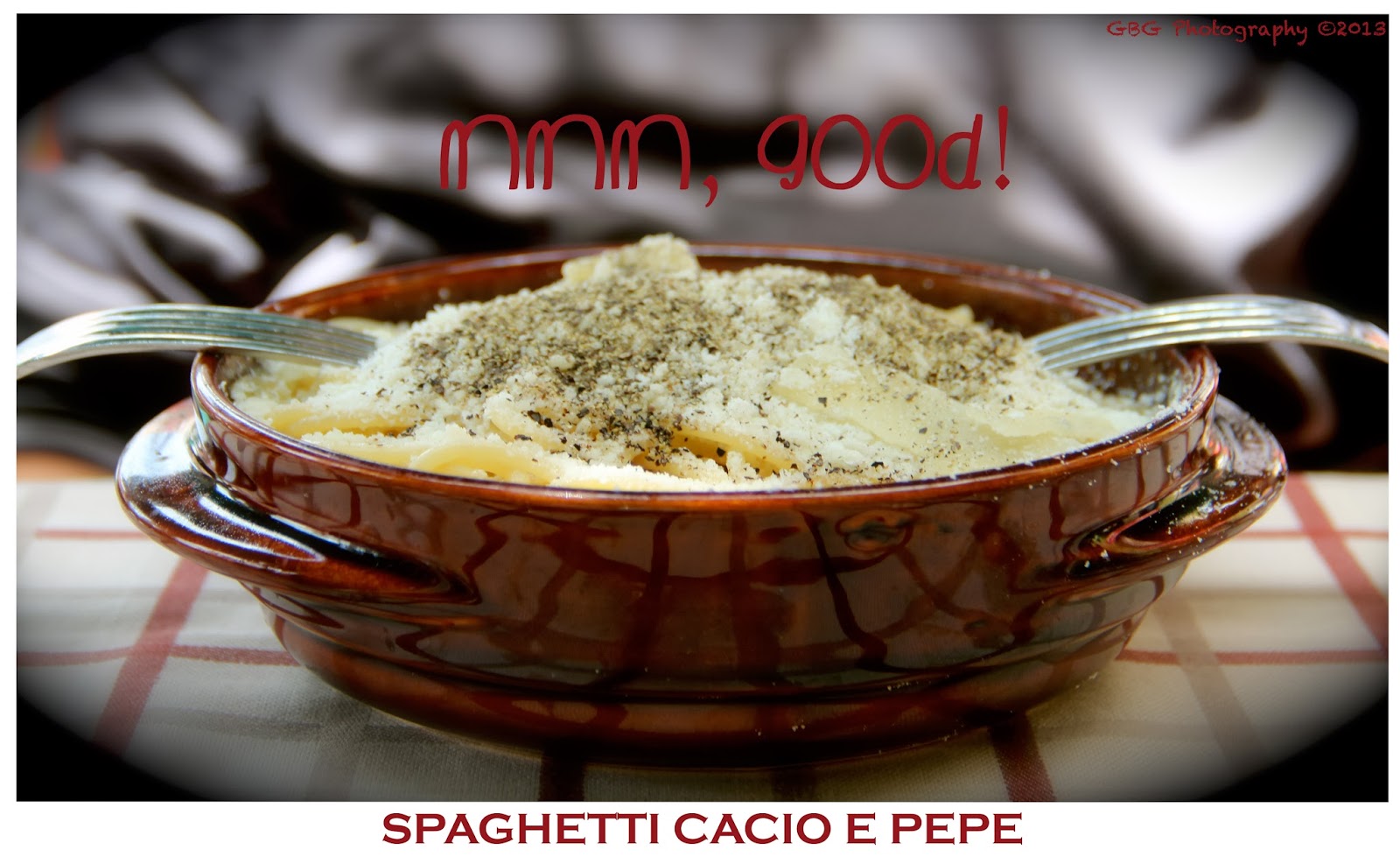“Sorry, there´s no magic bullet. You gotta eat healthy and live healthy to be healthy and look healthy. End of story.” Morgan Spurlock
When I learned I was moving to #Italy, my initial reaction of joy was followed by worried thoughts of the amount of weight I was going to gain after my three year assignment. I worried all the #pasta and #bread were going to be impossible to resist. I dreamed of Pasta al Pesto Genovese in Genova, Tagliatelle al Ragu in Bologna, Spaghetti Vongole in Amalfi, Tiramisu... I also had nightmares about stepping on a scale.
Being worried about gaining all that weight I started thinking why, generally speaking, Italians are not overweight? And on top of it, they live long lives, especially women! My friend is traveling next month to see her grandmother for her 100th birthday; how many of us can say that?
 |
| Good looking Italians on a regular day. |
Not being an expert on the matter, I can only talk about my observations:
#Italians care about they way they look. Some more obsessively than others, but both men and women care about looking presentable when going out. You will never see them running errands wearing baggy sweatpants and flip flops. Now, if you have to wear your nice clothes all the time, you make sure to fit in them!
People walk a lot more than in other countries. Since parking is a big nightmare, as I've discussed previously, many people take public transpo, which involves getting to bus stops, metro stops and train stations...walking. If you are downtown, it's a lot easier to walk places than it is to drive there. No need for pedometers, walking is just part of life.
Food is fresher, and everyone cares about buying nothing but the best: the freshest, the purest, simply the best you can buy. They have the mentality that if it's Italan it's the best, and that makes for eating food that comes from nearby places, not from the other corner of the world. Eating "farm to table" is not a trend, just the way they've been doing it for centuries.
In the supermarkets you will only find produce in season, so if you want artichokes in the summer time you won't find them, they are in season now (January). If you want peaches in the winter you just won't find them, you have to wait until they are at their best, in summer time. As a result, restaurants serve seasonal dishes and it's all fresh, it's all good.
Their food industry is regulated is such a way that many products sold in the U.S. and other parts of the world are forbidden here. And if they are to be sold, they have to come with a warning label stating the effects of the dubious ingredients (normally chemicals and additives). For example, American Mac and Cheese, comes with a big label saying that certain ingredients alter children's behavior. My youngest loves Mac and Cheese, but how can you buy the product knowing its possible effects? I actually stopped buying it and now make Mac and Cheese from scratch, every time we want to have it.
I have talked to many #Italian friends and they say that at home they normally don't eat pasta at dinner time. They might if they go out to a restaurant, where, by the way, I've never been offered unlimited amounts of bread, the basket of bread is fairly small and costs a couple of euros.
All and all, I haven't gain weight, maybe only for the holidays but that is true no matter where I live. After a year in Italy I have given myself permission to savor it all, but in moderation.
1/2 pounds elbow macaroni
3 tablespoons of butter
3 tablespoons of flour
1 tablespoon powder mustard
3 cups milk
1/2 cup onion, finely diced
1 bay leaf
1/2 teaspoon of paprika
1 egg
12 ounces sharp cheddar, shredded
1 teaspoon of salt
fresh black pepper
Preheat oven at 350 degrees F. In a large pot boil the pasta in salted water until it's "al dente". While pasta is cooking, in a separate pot, melt the butter. Whisk in the flour, mustard and keep moving for about 5 minutes. Stir in the milk little by little making sure no lumps are formed. Add the onion, bay leaf and paprika. Simmer for 10 minutes and remove the bay leaf. Temper in the egg. Stir in 3/4 of the cheese. Season with salt and pepper. Fold the macaroni into the mix and pour it nto a casserole dish. Top with the remaining cheese. Toss breadcrumbs on top and bake for 30 minutes. Enjoy!






























